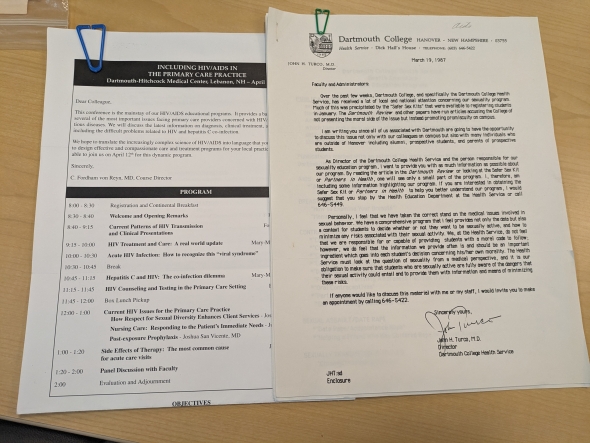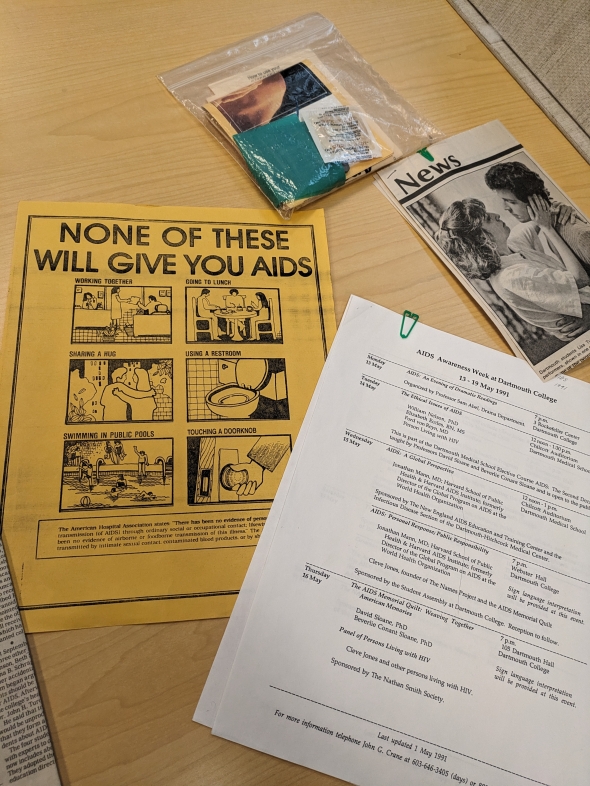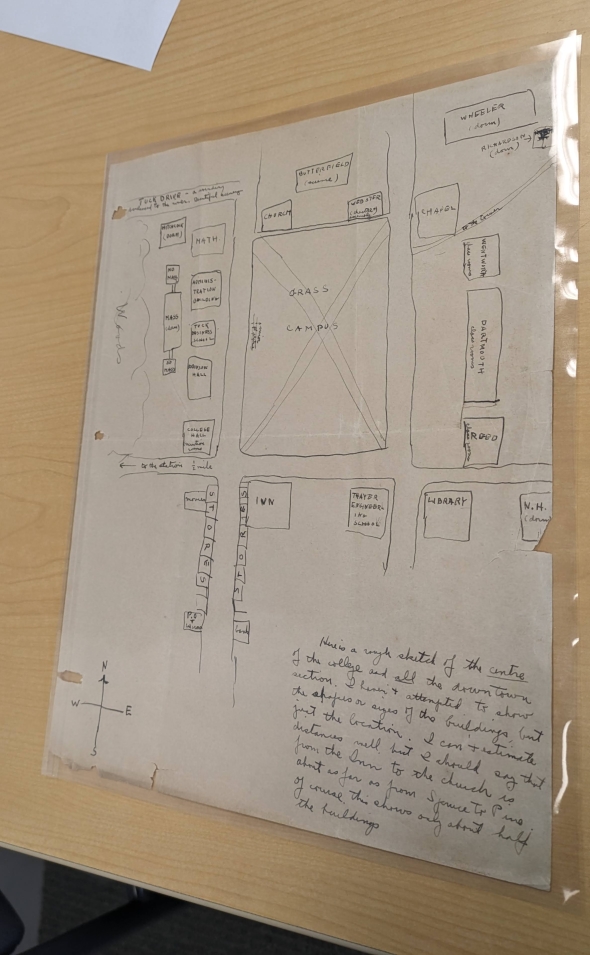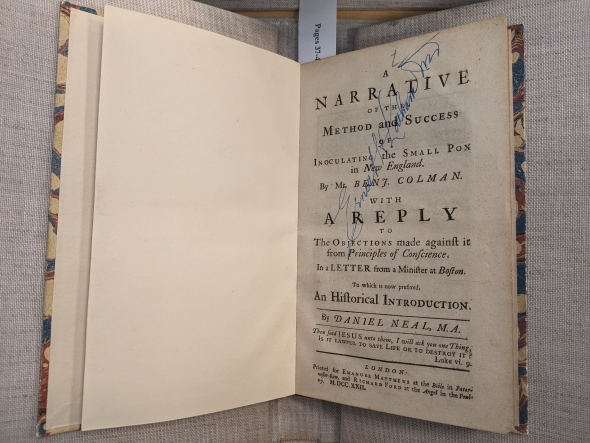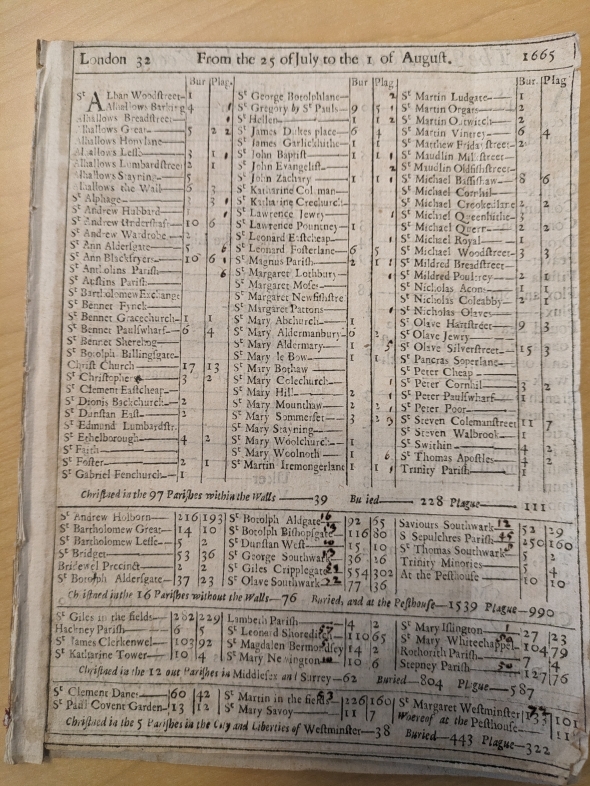
Rauner Special Collections Library
Rauner Special Collections Library is a great quiet study space with an atrium. The central aspect inside the building is the glass cube that houses the rare books as well as a life-size plushie version of the Cat in the Hat, a nice little nod to Dartmouth alumnus Theodore Geisel (aka Dr. Seuss). What might catch your interest more than just the architecture of Rauner Library are the rare books it houses, including Shakespeare's First Folio and George Washington papers. Check out this article for more about the well-known items!
I have been to two curated sessions at Rauner Library, one for my Religion and Technology class and the other with the Great Issues Scholar (GIS) program run by the Dickey Center. For Religion and Technology, we focused on Medieval hand-made books and incunables (the first books that were made after the invention of the printing press). With GIS, our group was looking at pandemic history since the winter term of the program focuses on Global Health.
Medieval Books
These are probably my favorite items that I have interacted with at Rauner Library.
These hand-made books took months to make and were so expensive to procure that sometimes wealthy families had to decide between a book or another building on their estate. Given that these books are European, the pages are made from animal skin, whereas if they were from other areas and eras they could have been papyrus. I still find myself in awe of the craftsmanship that went into these books; scribes who tended to be in monasteries created their own signature font, and for the fancier books that had scenes depicted, there were generally traveling masters who had refined their craft that were requested to do the art. It is not uncommon to see lapis lazuli, gold leaf, or velvet used in these books.

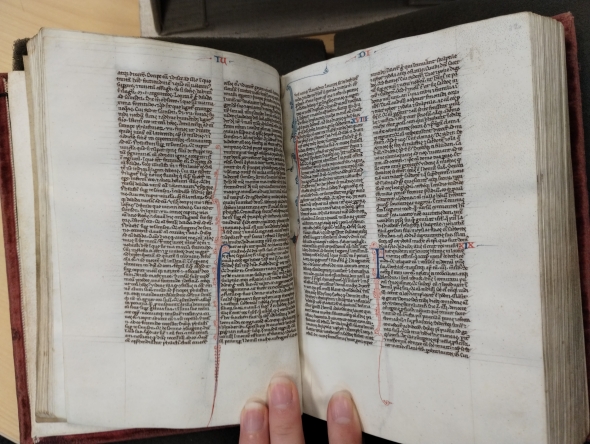
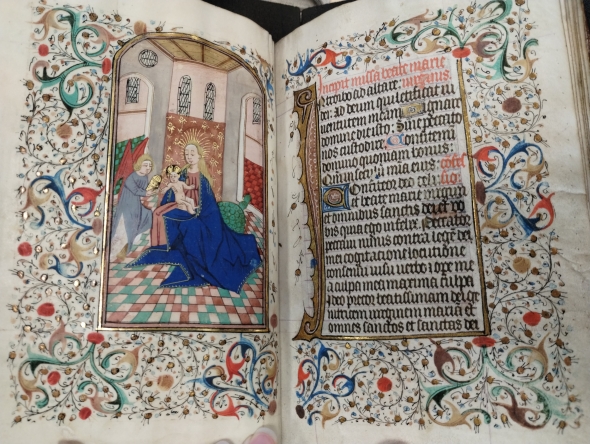
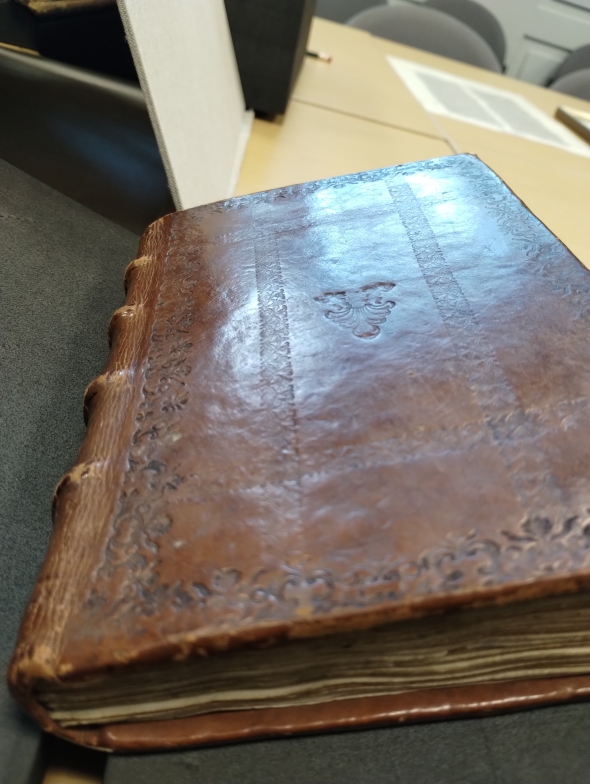
Incunables
The material for these books was not animal skin but rather a mixture of textiles. This era was rather revolutionary in terms of the accessibility of books, before the printing press only the richest people had books. The printing press also spurred change in terms of writing in the vernacular, not just Latin (which was considered an elitist language).
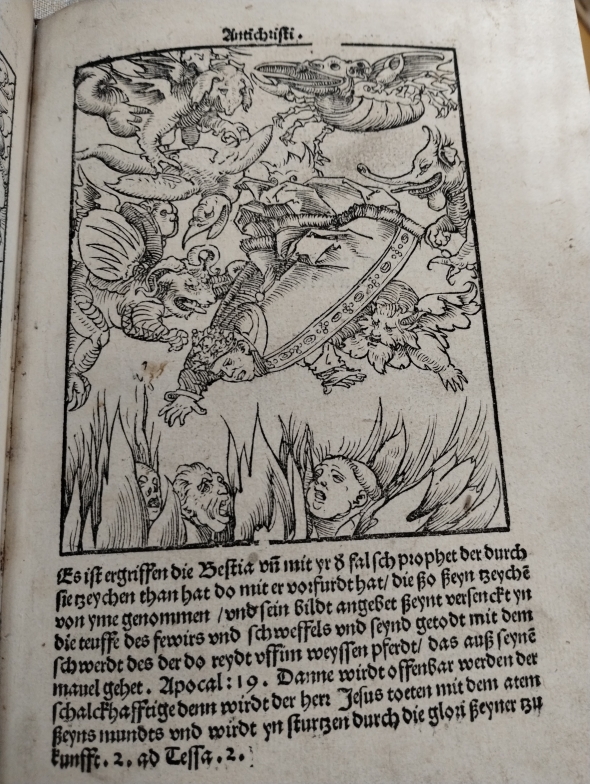
Pandemic Books and Historical Documents
We looked at the plague, smallpox, HIV/AIDS, and the Spanish Flu. Excepting the plague, there were documents from each pandemic that were part of Dartmouth's history.
